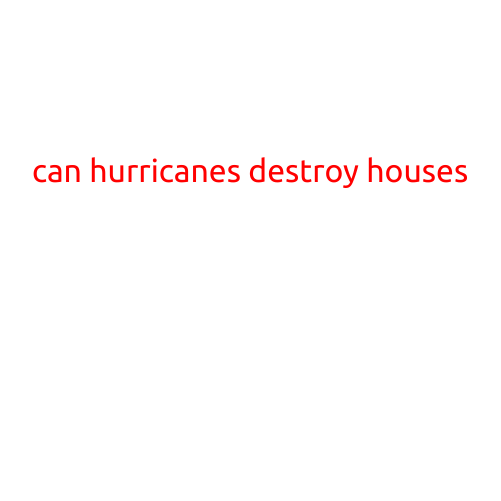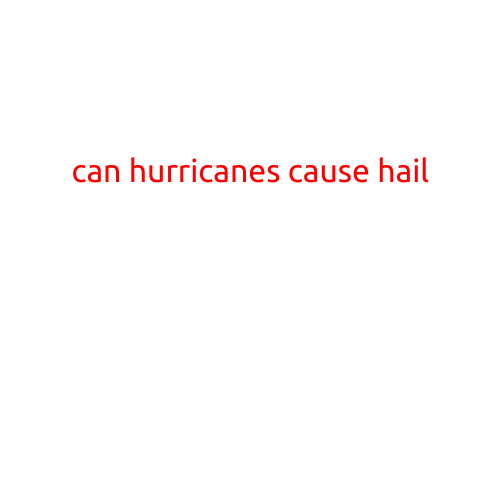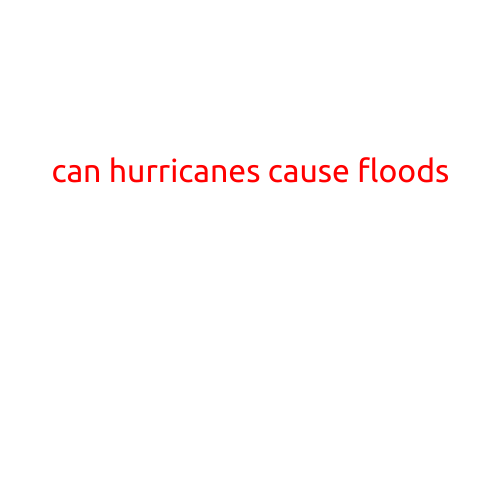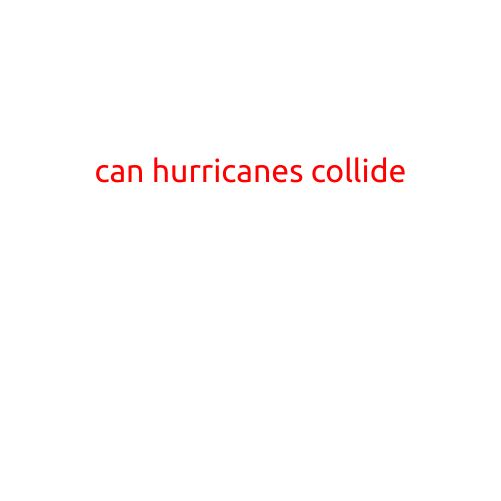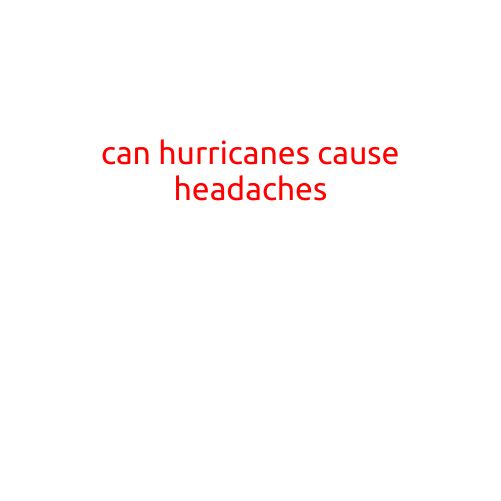
Can Hurricanes Destroy Skyscrapers?
Hurricanes are powerful storms that can cause devastating damage to buildings, infrastructure, and communities. As cities grow taller and more densely populated, the question arises: can hurricanes destroy skyscrapers? The answer is yes, but it’s not a straightforward one.
How Do Hurricanes Affect Skyscrapers?
Hurricanes bring with them some of the most intense weather conditions imaginable. Wind speeds can reach up to 157 miles per hour (253 km/h), rainfall can exceed 10 inches (254 mm) per hour, and storm surges can cause sea levels to rise by as much as 20 feet (6 meters). These forces can put a tremendous amount of pressure on skyscrapers, leading to various types of damage.
Types of Damage
- Wind-induced collapse: Strong winds can cause the structural elements of a skyscraper to fail, leading to collapse. This is especially true for buildings with weak or outdated designs.
- Water ingression: Heavy rainfall and storm surges can cause water to penetrate the building, leading to electrical malfunctions, mold growth, and structural weakening.
- Flying debris: Wind-borne debris, such as glass, metal, and other objects, can cause damage to buildings and occupants.
- Ground-level damage: Hurricanes often cause flooding, power outages, and infrastructure damage, which can affect skyscrapers by disrupting essential services.
Can Skyscrapers Survive Hurricanes?
While skyscrapers can be designed to withstand hurricanes, they are not invincible. The outcome depends on several factors:
- Design and construction: Buildings built with hurricane-resistant designs, such as reinforced concrete, and constructed with high-quality materials, are more likely to withstand hurricane-force winds.
- Maintenance and upkeep: Regular maintenance and inspections can help identify potential weaknesses and ensure that the building is in good condition to withstand extreme weather.
- Location: Skyscrapers located in areas prone to hurricane landfalls, such as coastal cities, are more likely to experience damage than those in inland areas.
- Storm intensity: The strength of the hurricane plays a significant role in determining the extent of damage. Buildings built to withstand Category 3 or 4 hurricanes may not be able to withstand Category 5 storms.
Case Studies
- Miami’s Hurricane Andrew (1992): The skyscraper, designed to withstand hurricane-force winds, was severely damaged due to poor construction and lack of maintenance.
- New Orleans’ Hurricane Katrina (2005): The skyscraper, built on a raised foundation, was submerged in floodwaters, causing extensive damage.
- Hurricane Maria’s impact on Puerto Rico (2017): Many skyscrapers in San Juan sustained significant damage due to strong winds, flooding, and lack of maintenance.
Preparation and Mitigation
While no skyscraper can completely withstand a hurricane, preparation and mitigation measures can help minimize damage:
- Regular inspections: Conduct regular inspections to identify potential weaknesses and address concerns.
- Storm shutters: Install storm shutters or impact-resistant windows to prevent damage from wind-borne debris.
- Roof maintenance: Regularly inspect and maintain roofs to prevent water ingression and structural weakening.
- Evacuation plans: Develop and practice evacuation plans for skyscrapers in areas prone to hurricanes.
Conclusion
Can hurricanes destroy skyscrapers? Yes, but it’s not a simple answer. The outcome depends on various factors, including design and construction, maintenance, location, and storm intensity. By understanding these factors and implementing preparation and mitigation measures, it’s possible to minimize the impact of hurricanes on skyscrapers.

